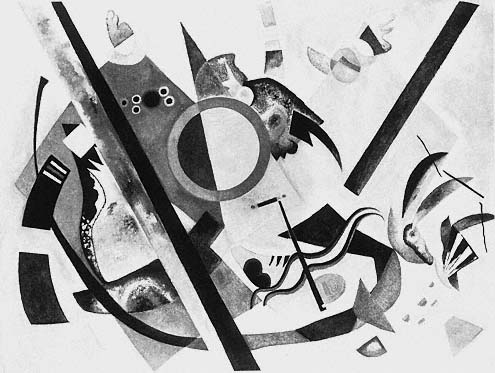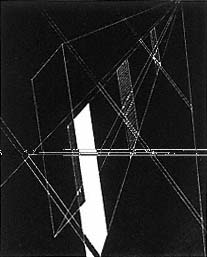Science
By the time Landscape for Living was published, Eckbo's view of science had been greatly modified. In the immediate postwar era, with the world again free for democracy, almost everything seemed possible. Technology reappeared as a fully positive force and, with it, the
optimism witnessed at the 1939 World's Fair in New York. In the introduction to Landscape for Living , "Why Now," Eckbo announced his desire for "a serious analysis, in terms of theory and practice, of landscape development in our culture." The advance of the scientific method in all fields of inquiry, including less "exact" fields "such as esthetics and sociology" occasioned this study: "The scientific method is one which takes nothing for granted, accepts no precedents without examination, and recognizes a dynamic world in which nothing is permanent but change itself." Thus, to Eckbo, science was less a force or a body of knowledge than a stance by which to re-examine his discipline, landscape architecture. He quoted Christopher Cauldwell: "Art is the science of feeling, science the art of knowing. We must know to be able to do, but we must feel to know what to do." Put into Eckbo's own terms, this is the difference between "know-how" and "know-why:" "Theory is the why of doing things, practice is the how. If practice is know-how, theory is know-why. Theory must serve practice; must answer the questions raised by practice; and must be tested by the data of practice."[50] Seen in these terms, theory and practice are complementary, helping landscape architecture—which becomes a humanistic science—create appropriate outdoor settings for human existence. This theme recurs through almost all of Eckbo's writings, reflecting—if not as forcefully—the conviction with which he advanced it in Landscape for Living .
The call for a scientific method for landscape architecture raised questions as to its manifestation as garden form and space. On the one hand, designers hold conceptual interests that address broader, almost intangible, issues such as "contemporary living," "technology," and "science." These rarely find a direct, perceivable expression in any landscape design and serve primarily to propel the designer in his or her work. Thus, these factors tend to color the values behind the design but lack a direct expression within it. On the other hand, the perceptual concerns demand an expression appropriate to the designer's values and aesthetic sensibility. It was at this level that investigations in the other arts were so important for the development of the modern garden in California. Shapes, forms, and spaces drawn from the work of Pablo Picasso, Georges Braque, Wassily Kandinsky [figure 19], Mies van der Rohe, László Moholy-Nagy [figure 20], Naum Gabo, El Lizzitsky, Joan Miró, Jean Arp, and Isamu Noguchi

19
Wassily Kandinsky. Composition 1 , 1921.
[Yale University Art Gallery ]

20
László Moholy-Nagy.
Composition no. 4 , 1923–24.
[Katherine S. Dreier Bequest, © 1996
Museum of Modern Art, New York ]
were as important for what they were not as for what they were: they were neither the informal nor the formal tradition. Instead their idiom spoke of today, of design in space.[51]